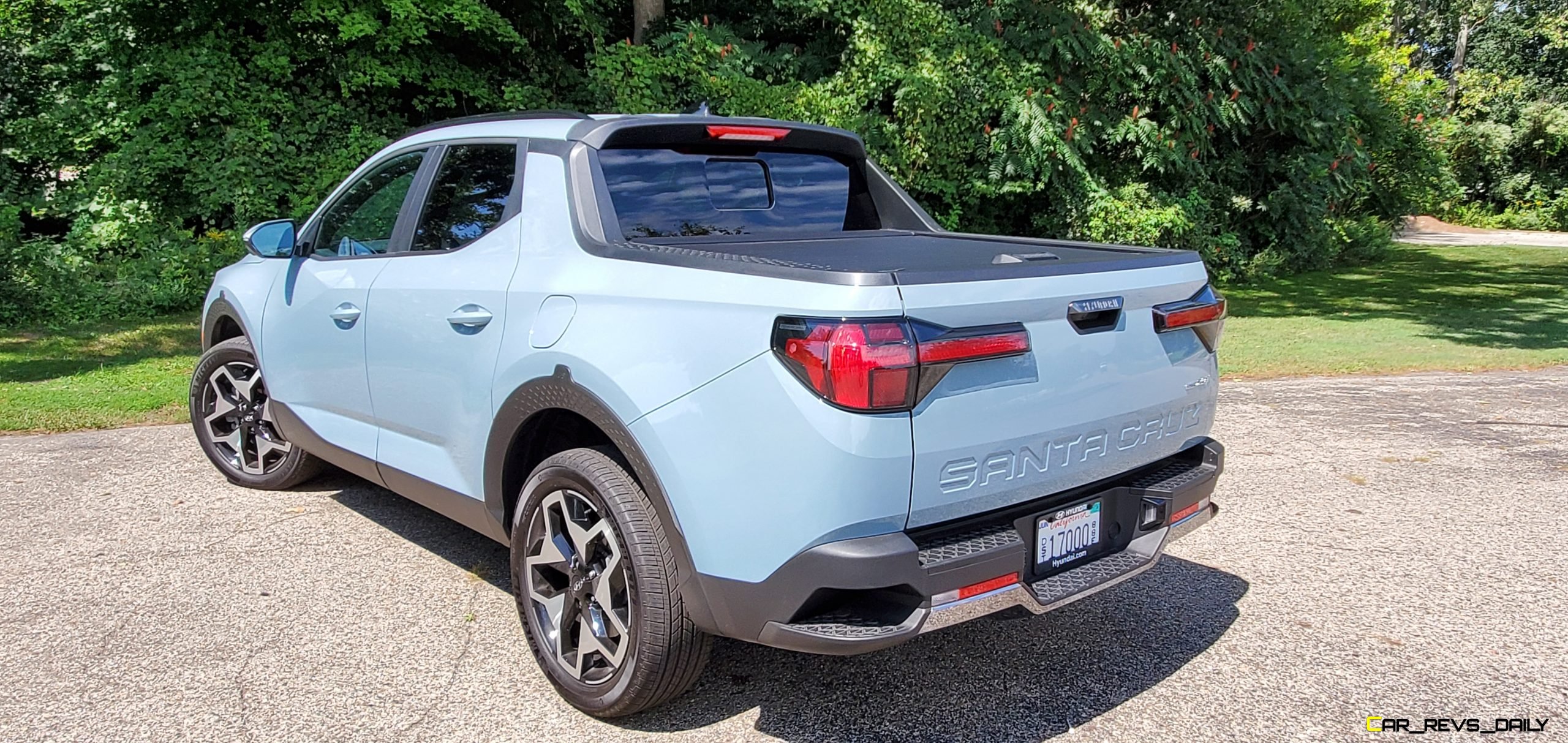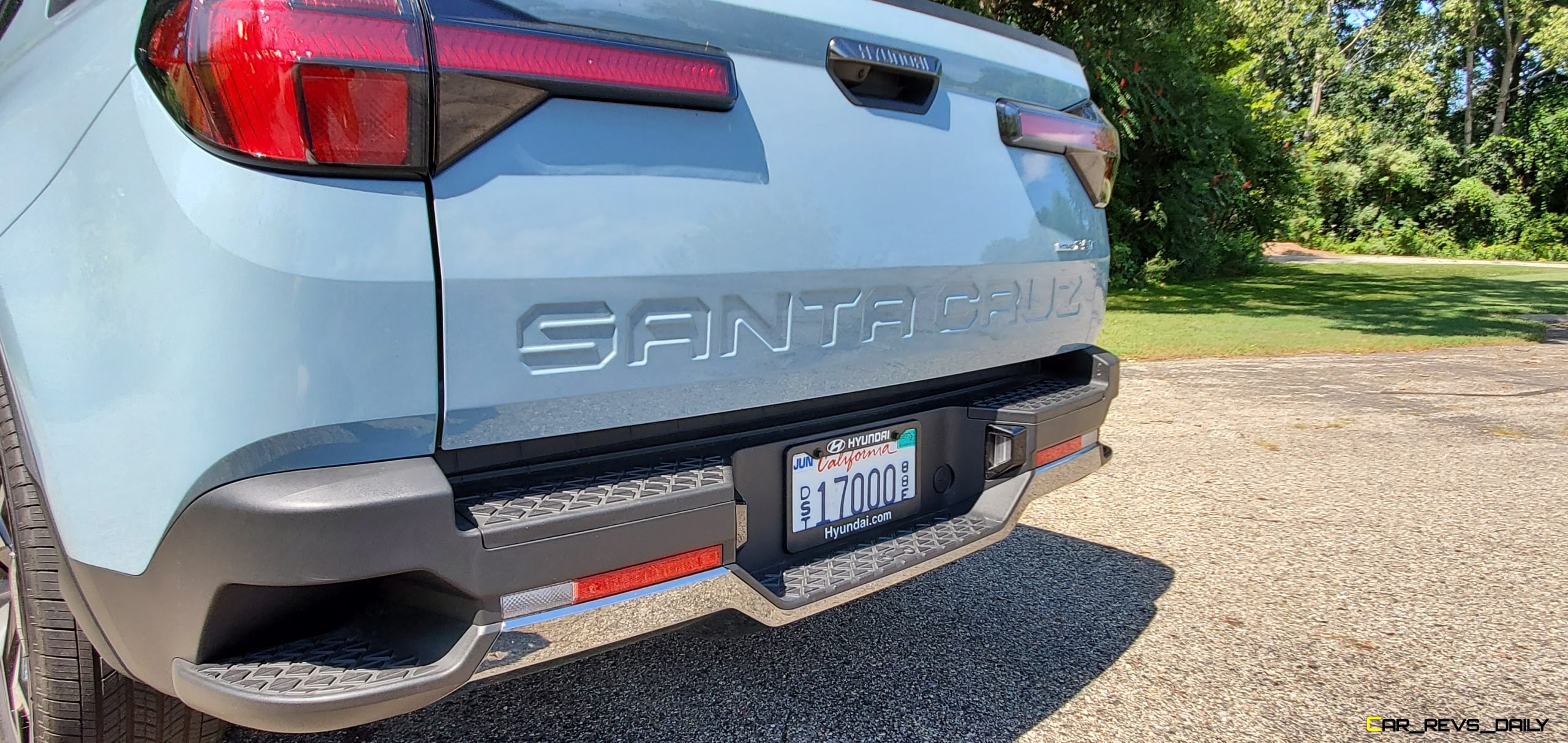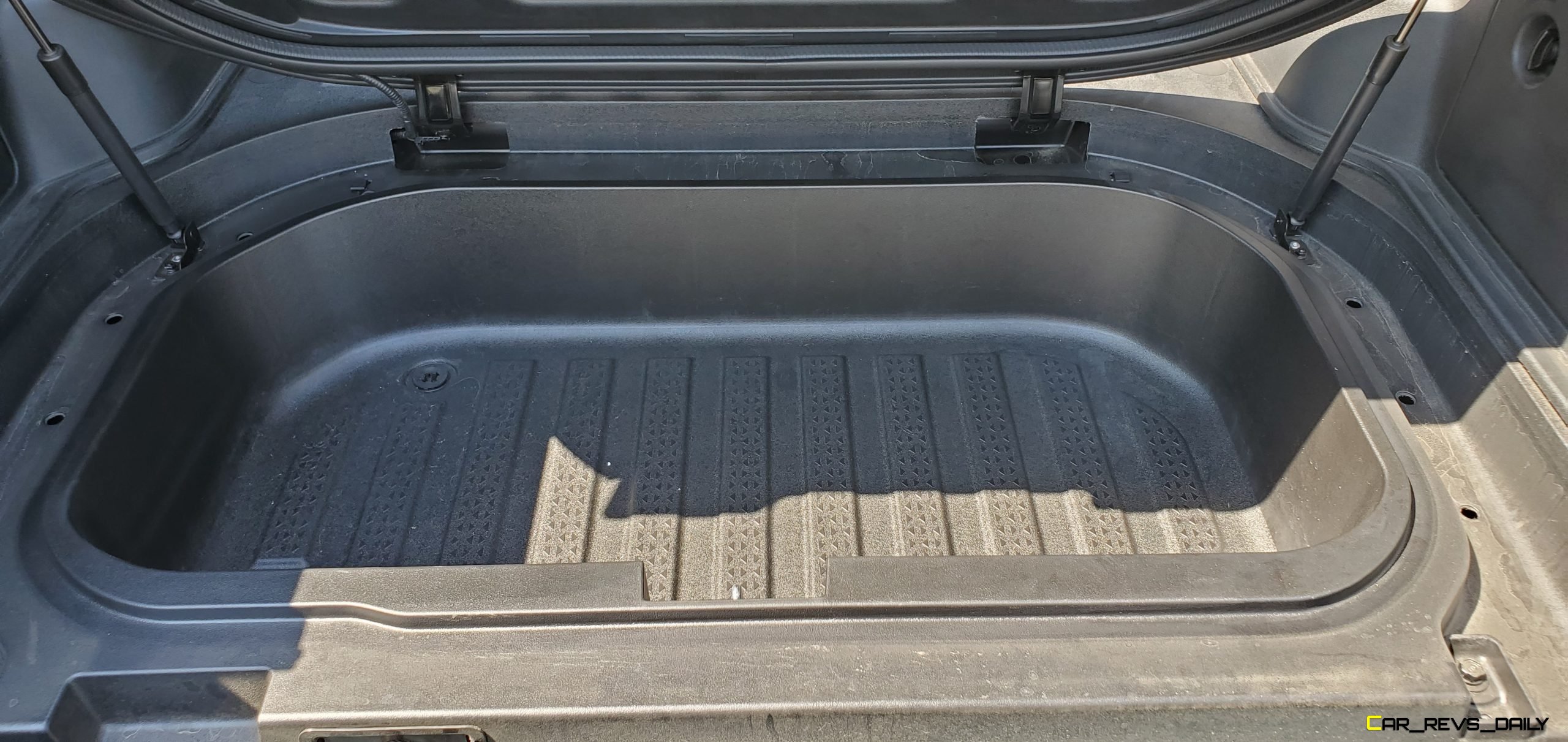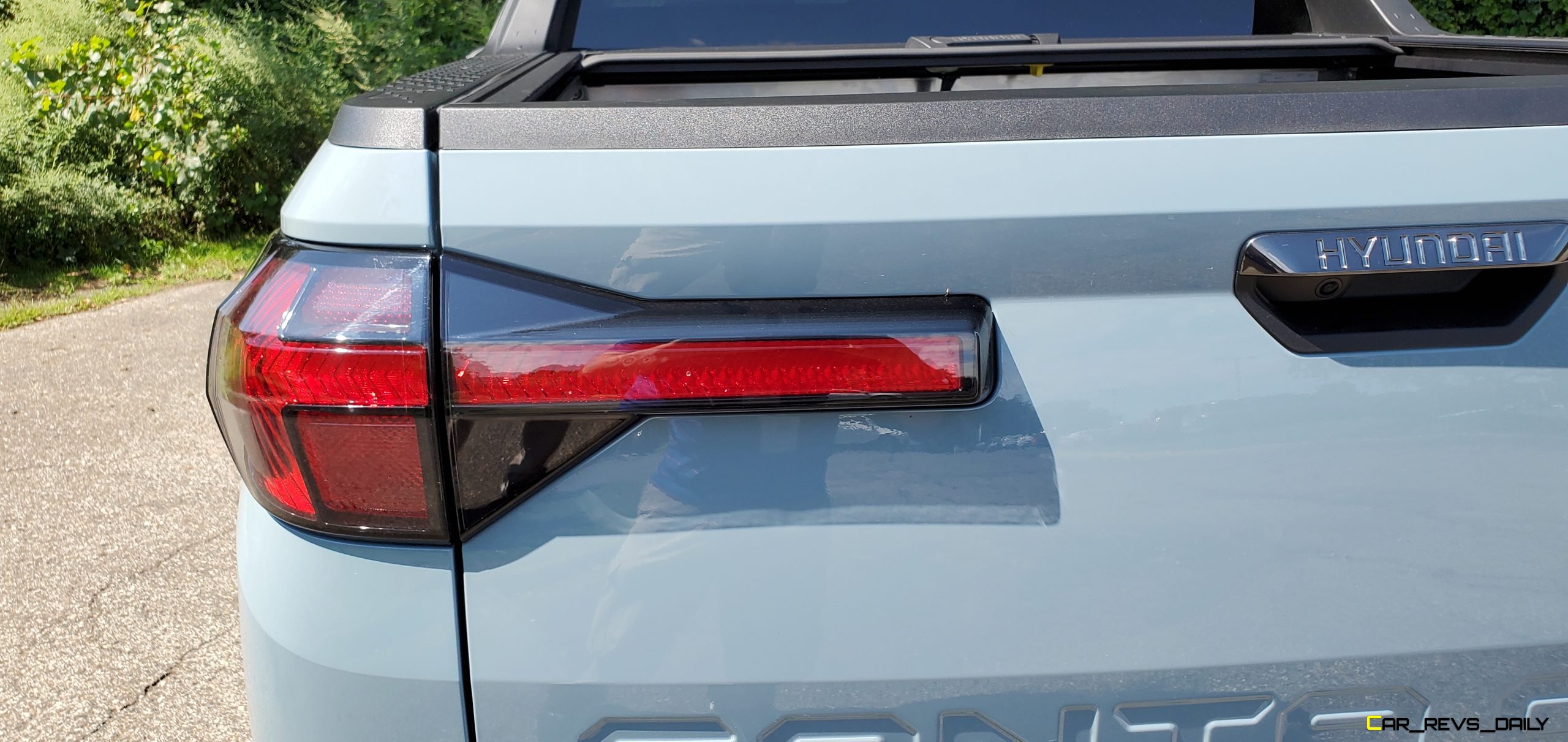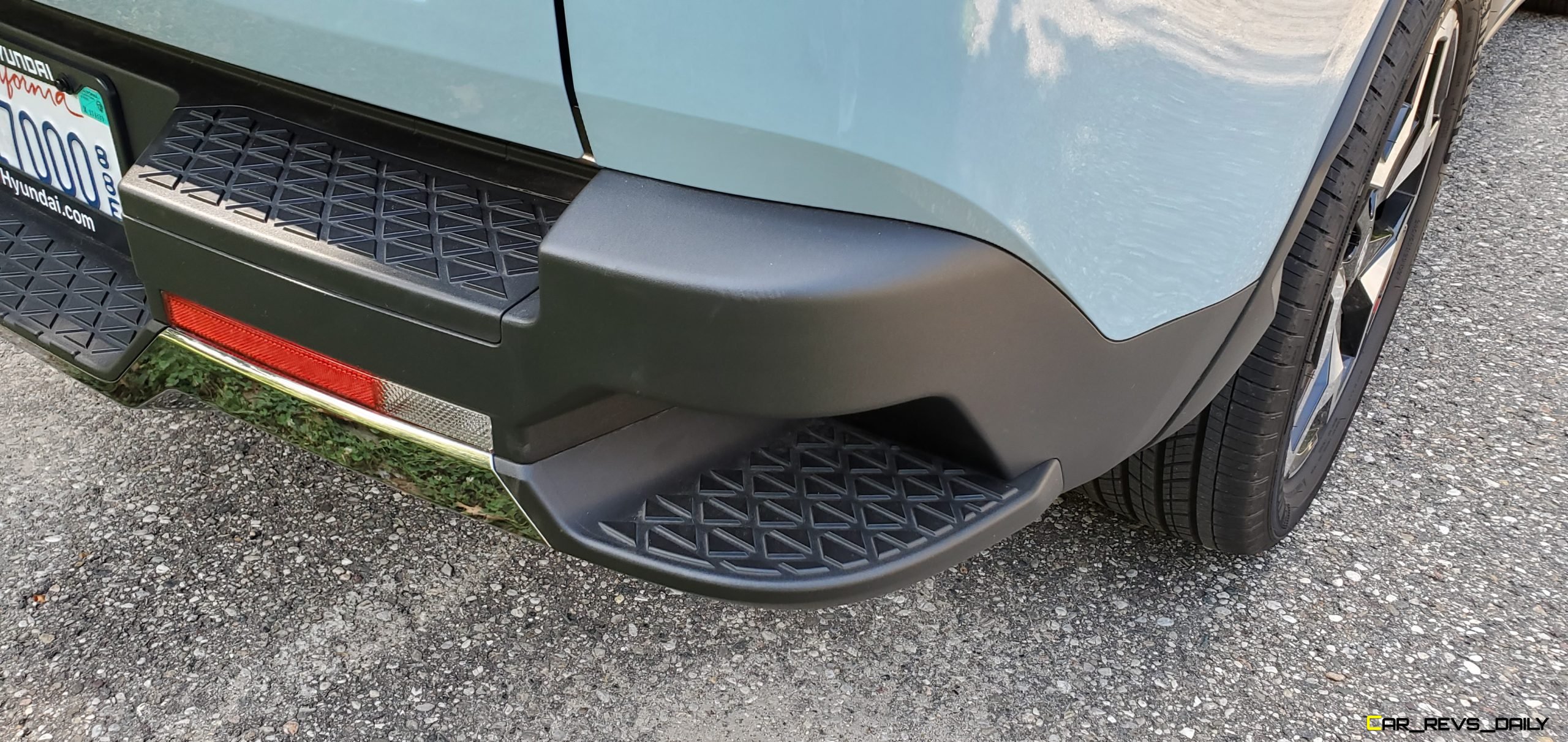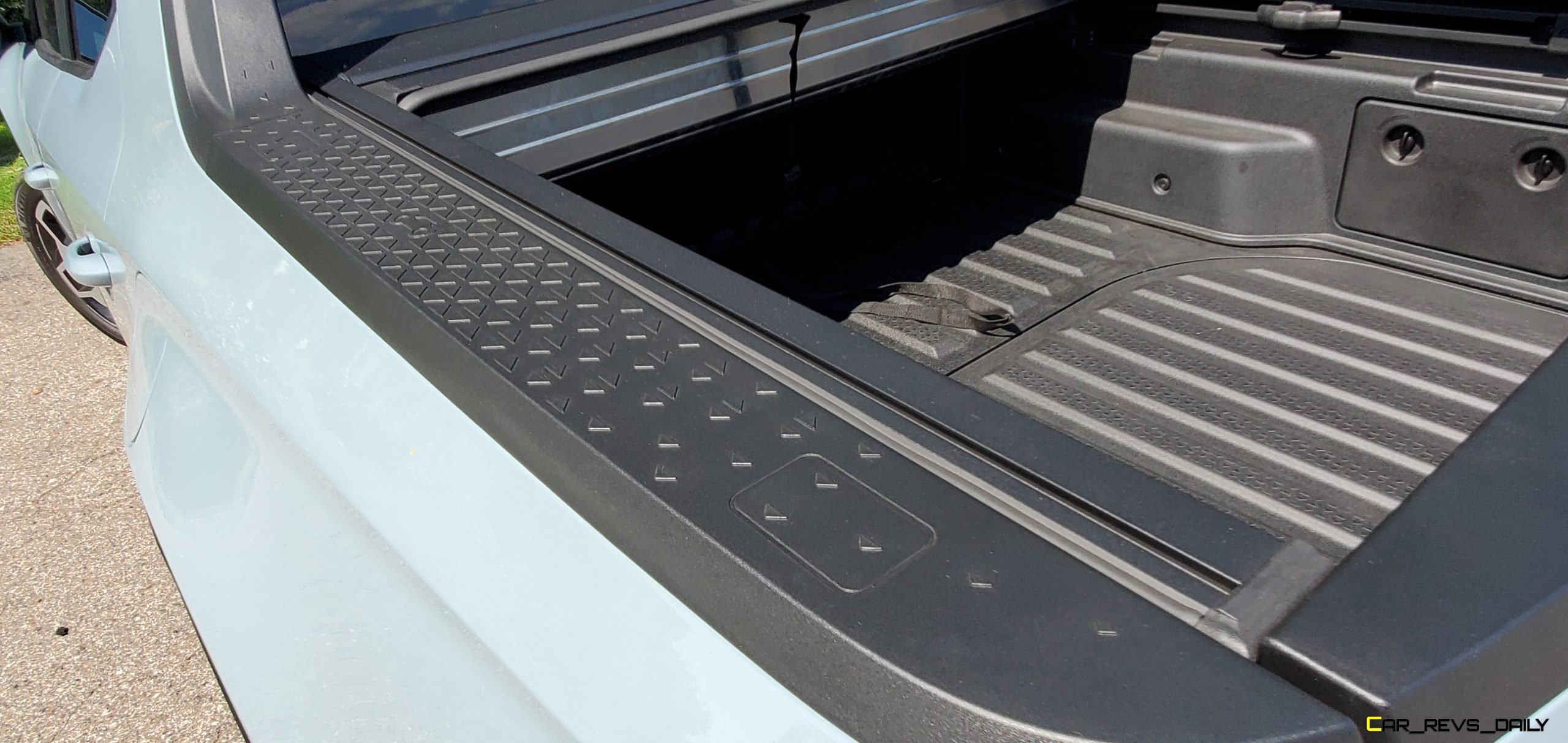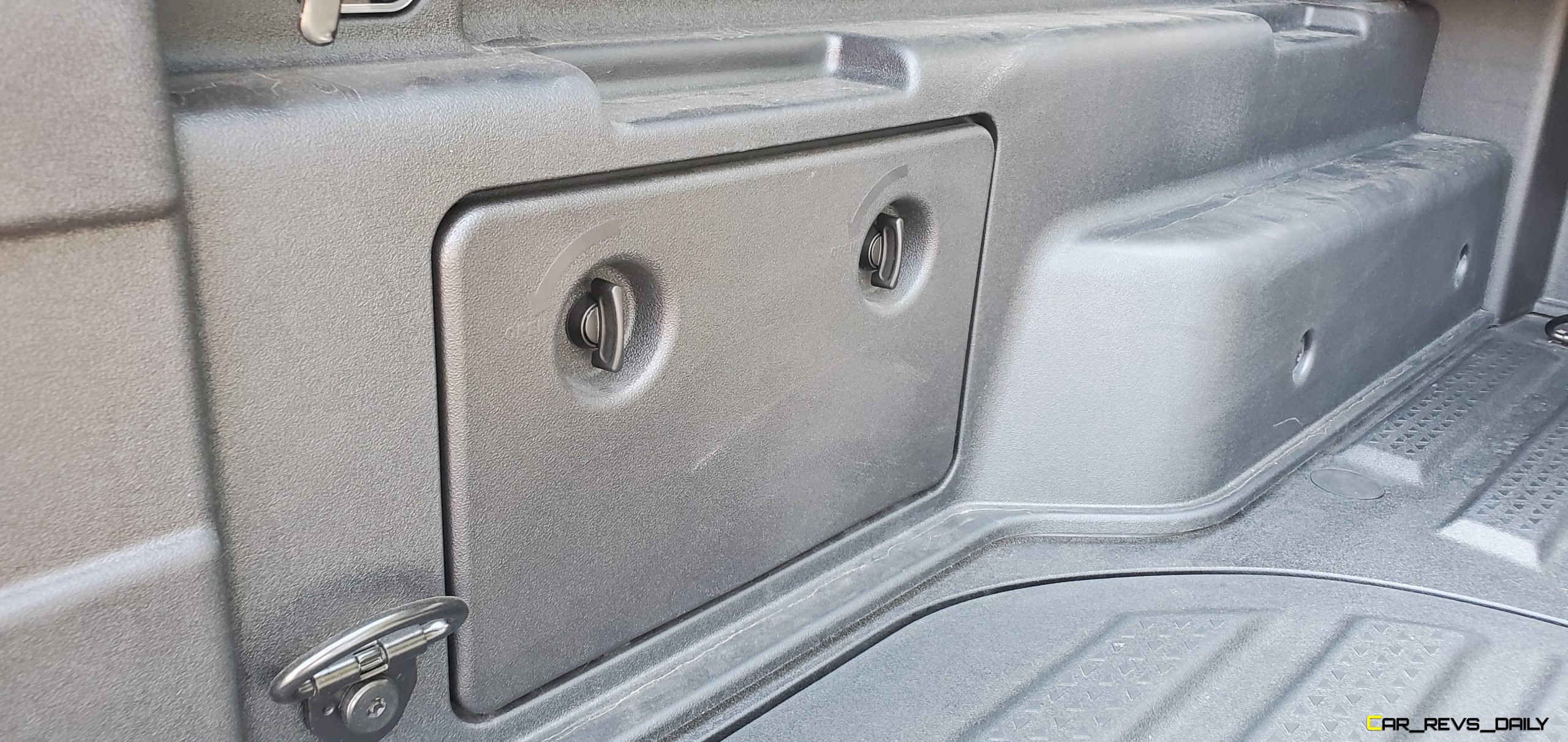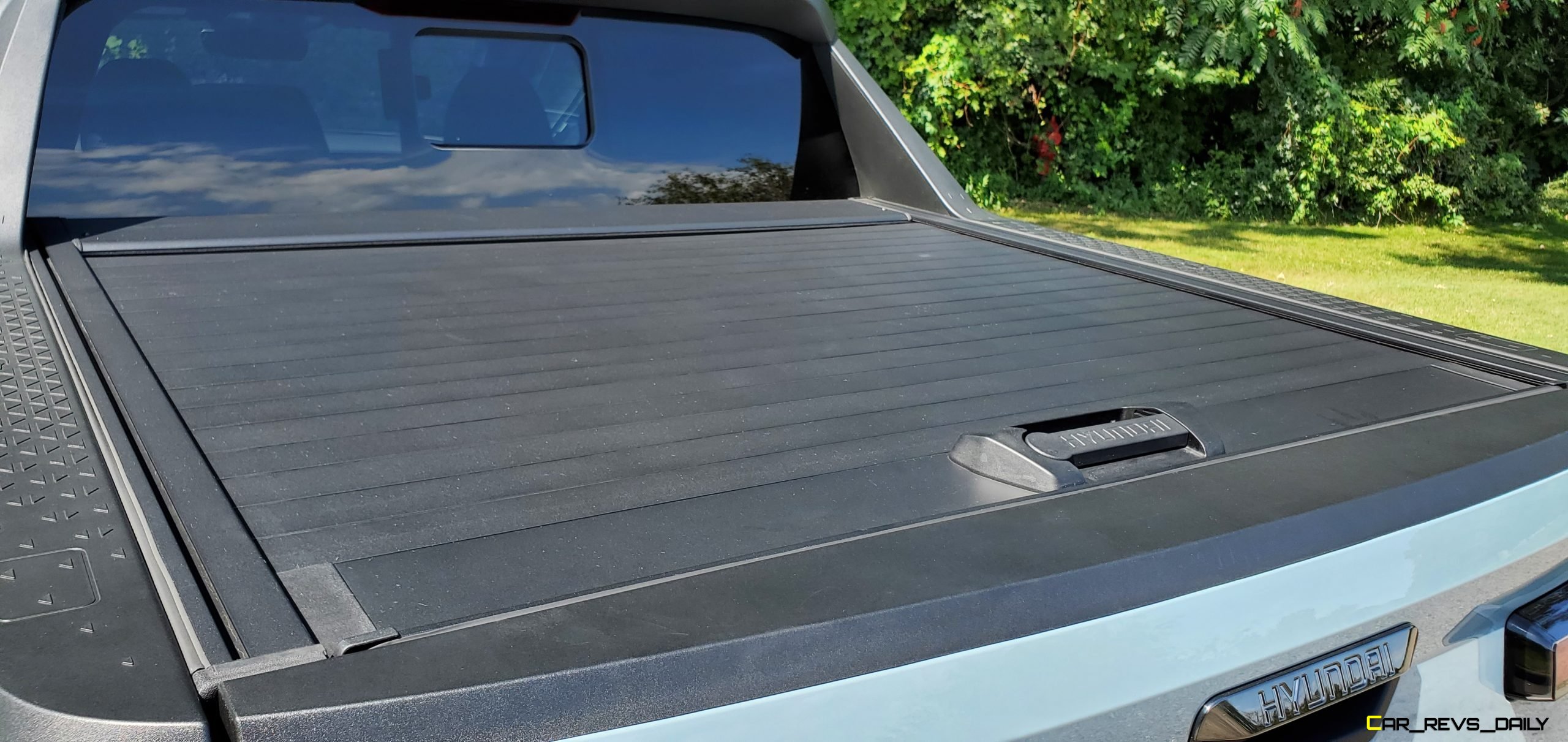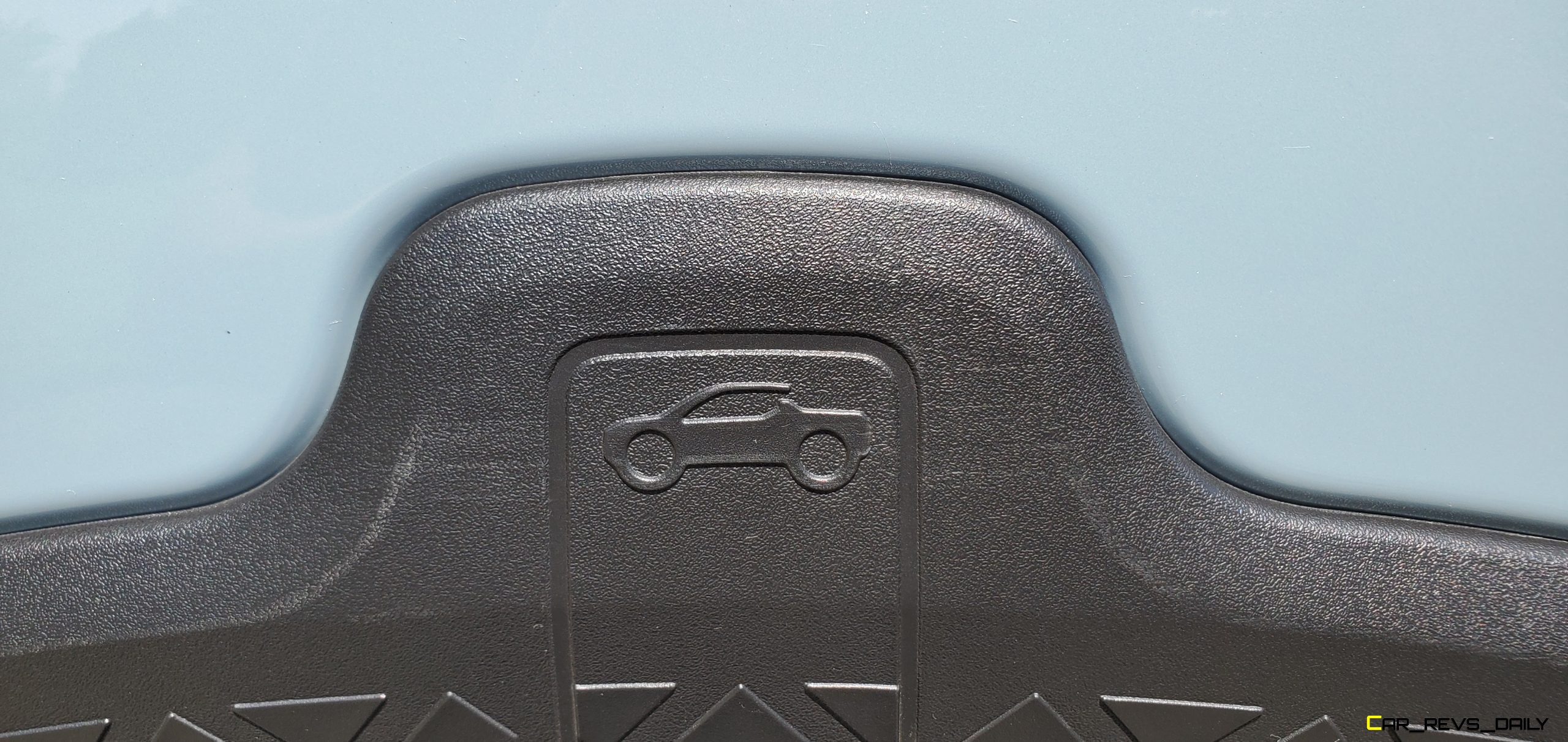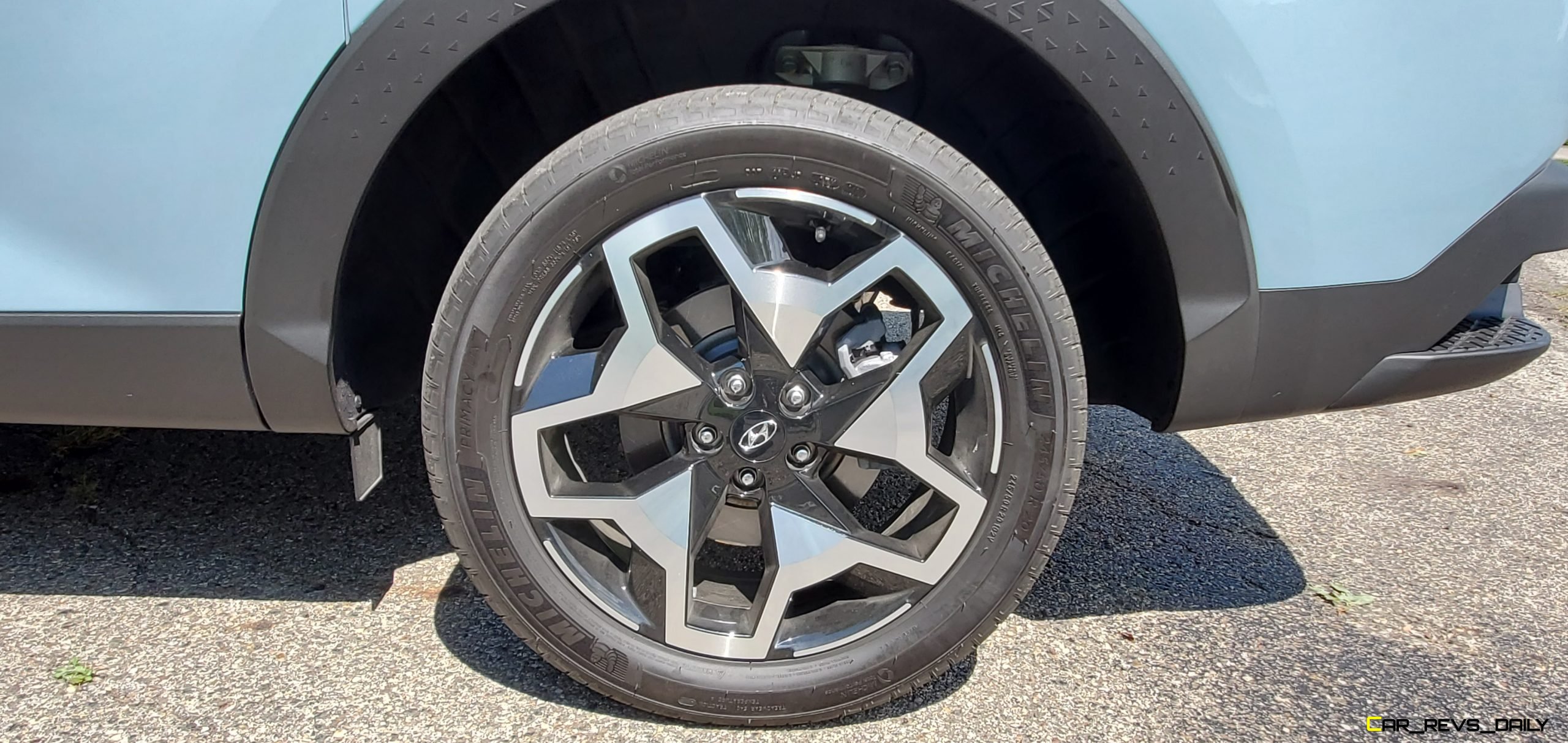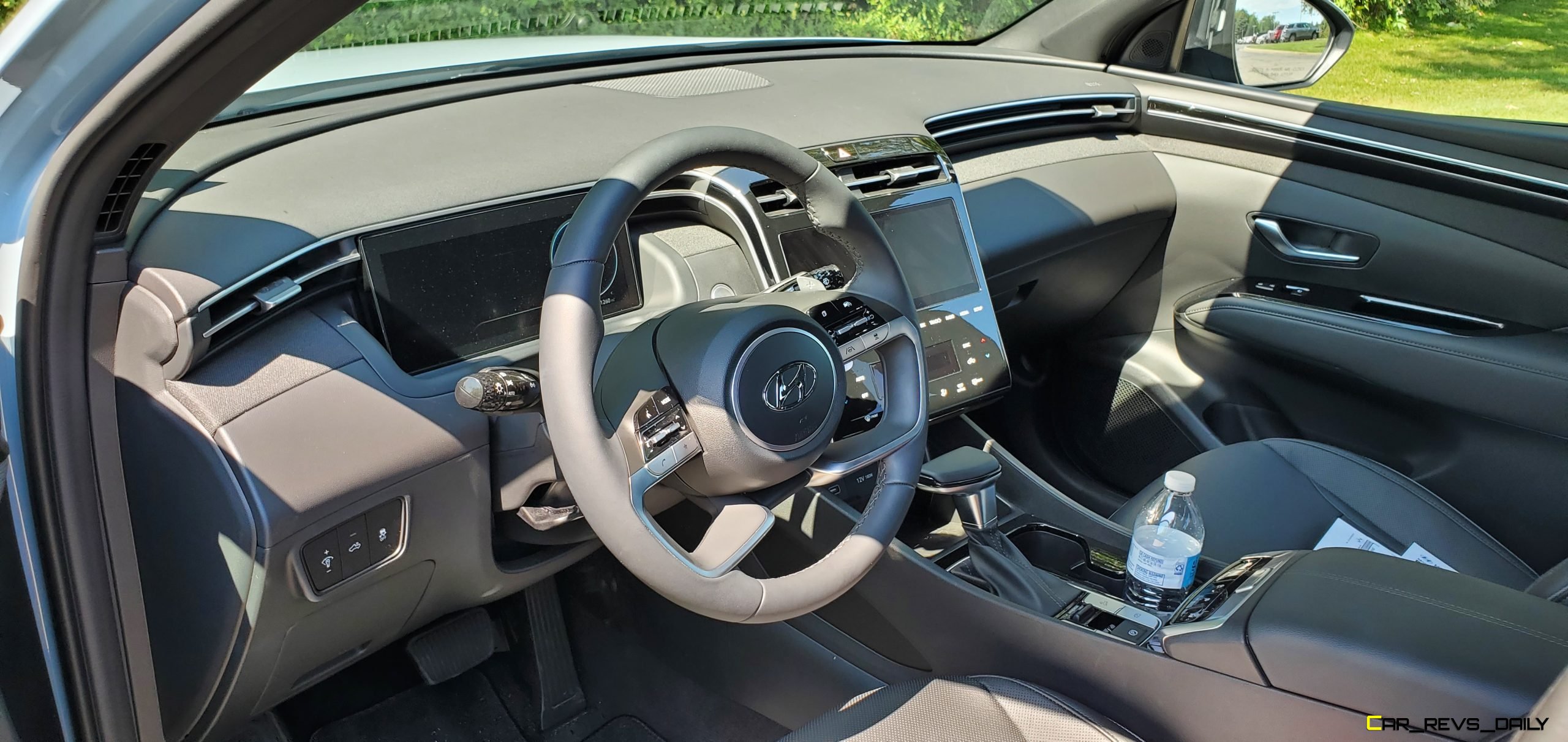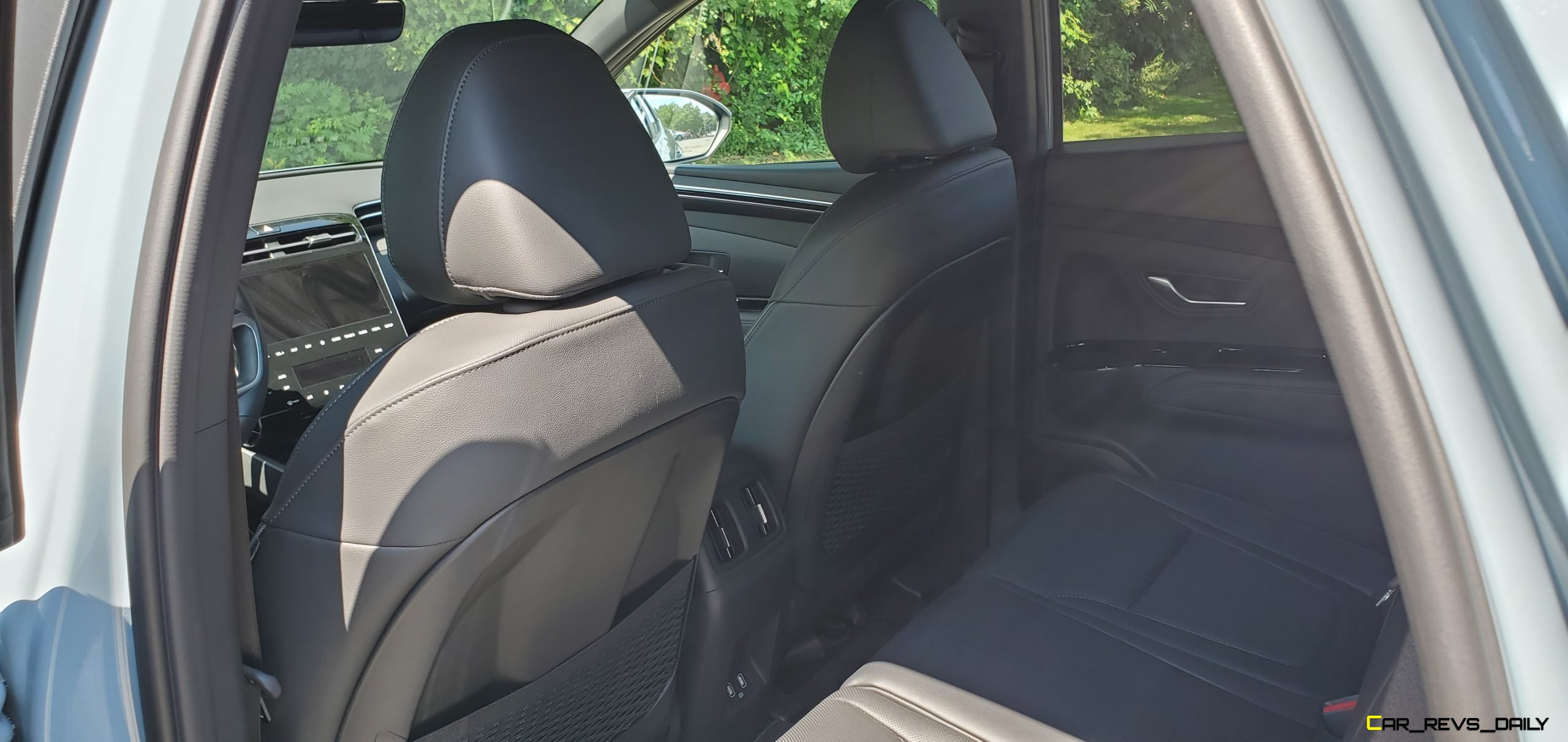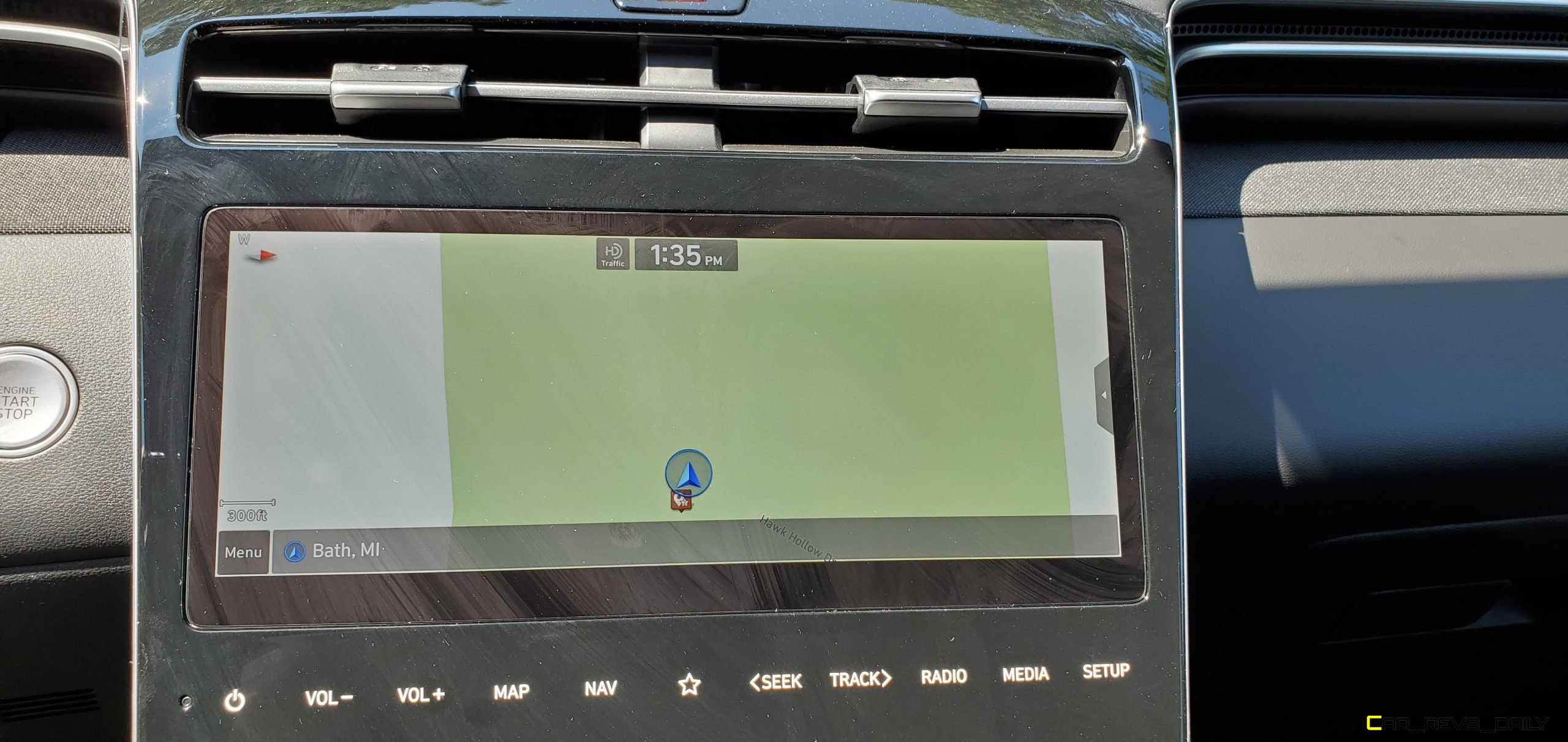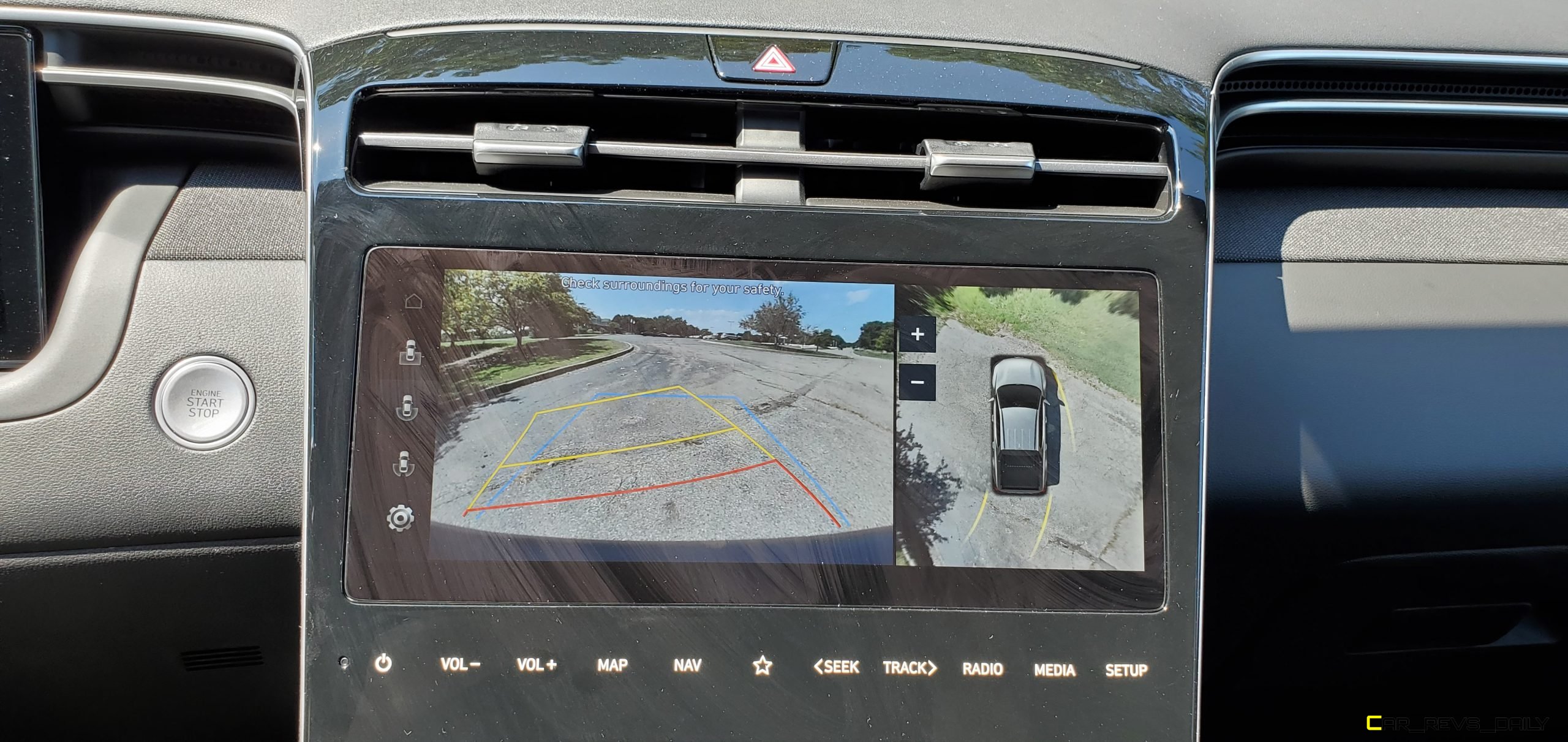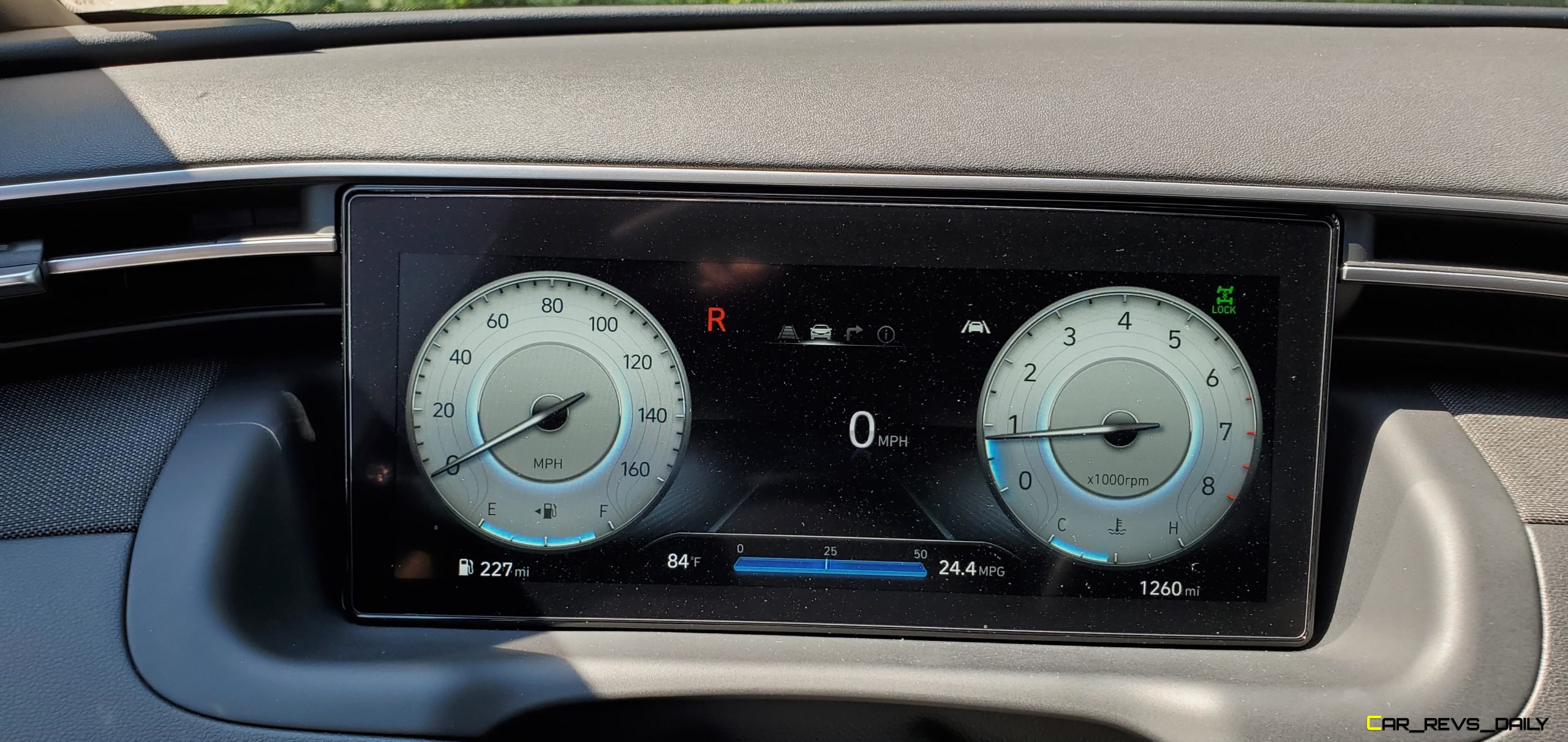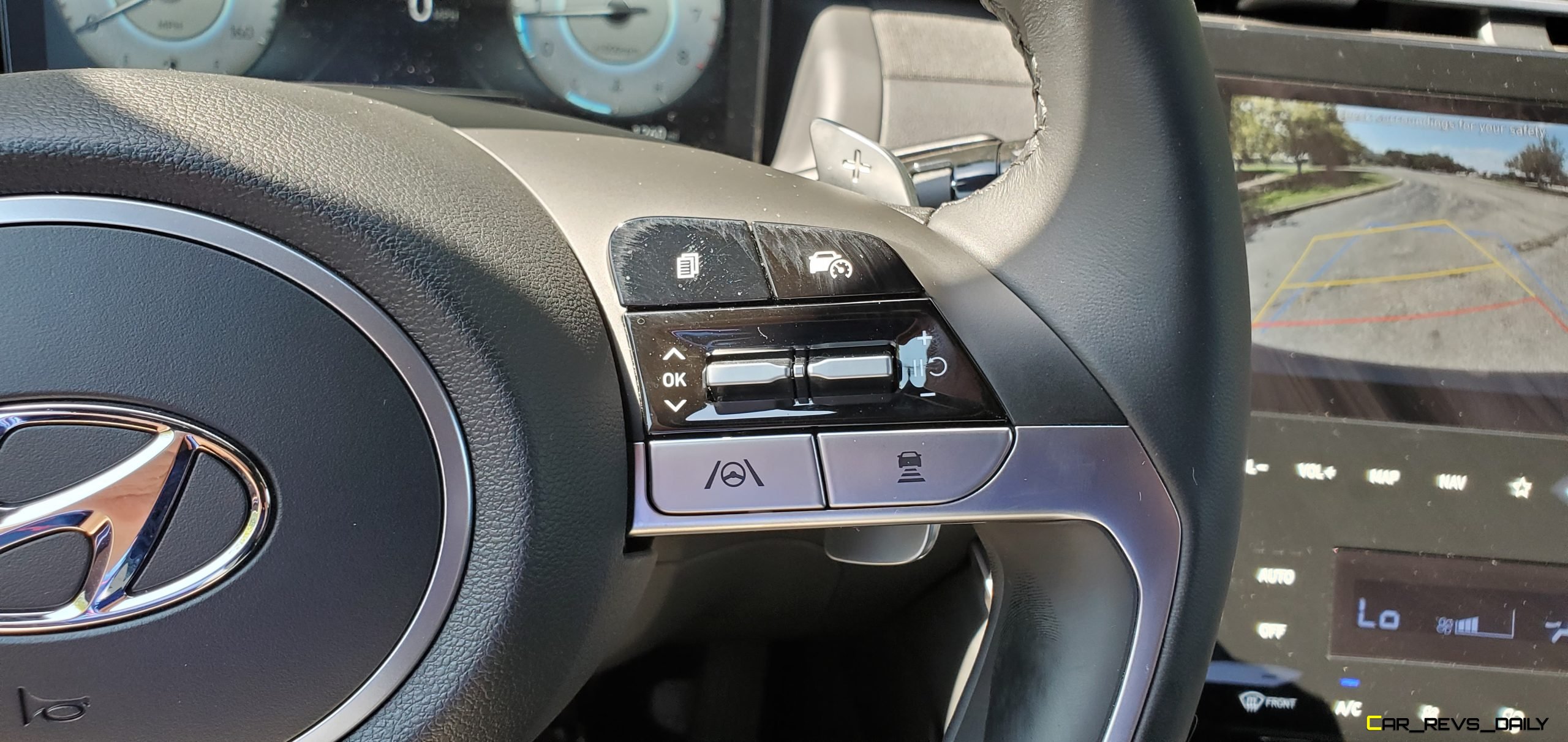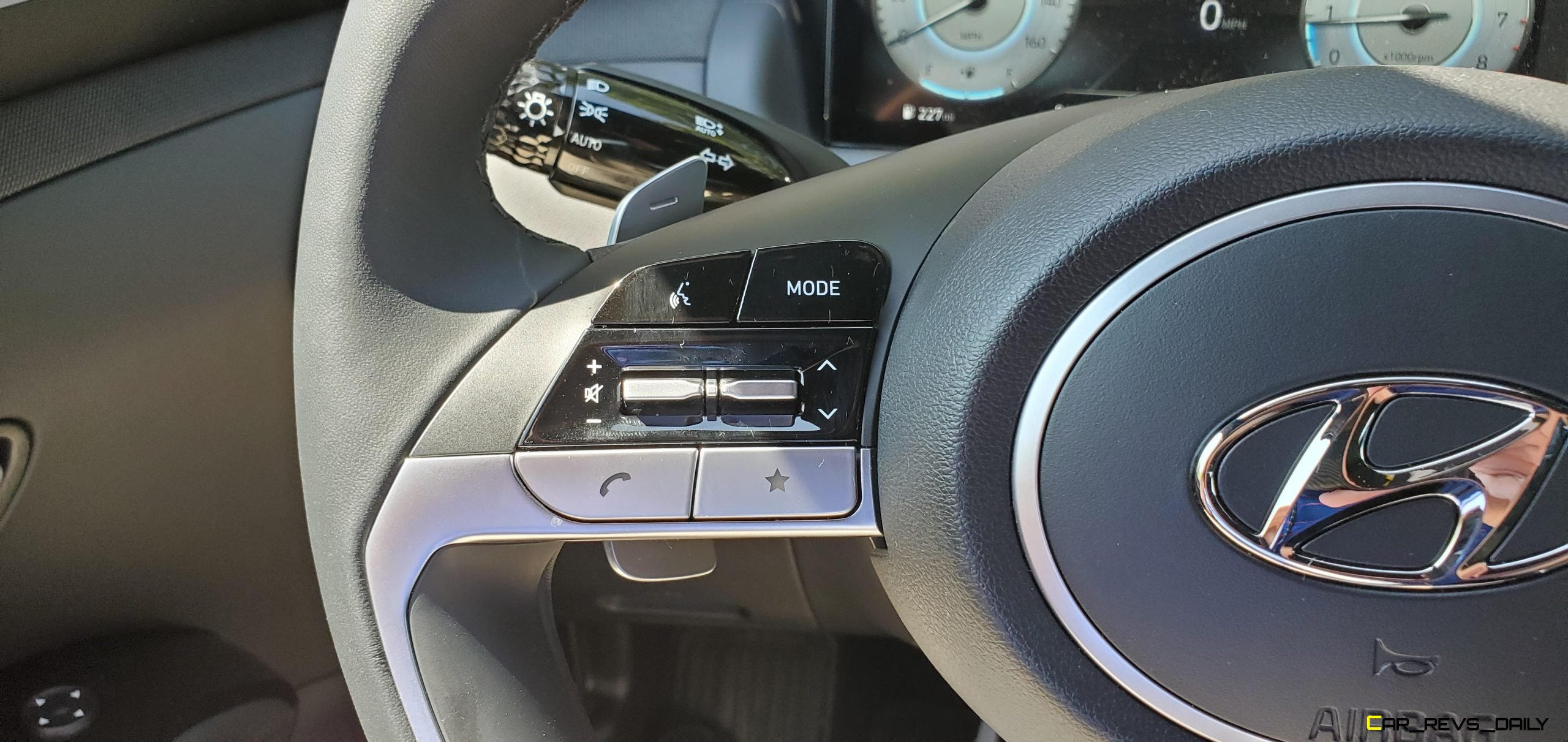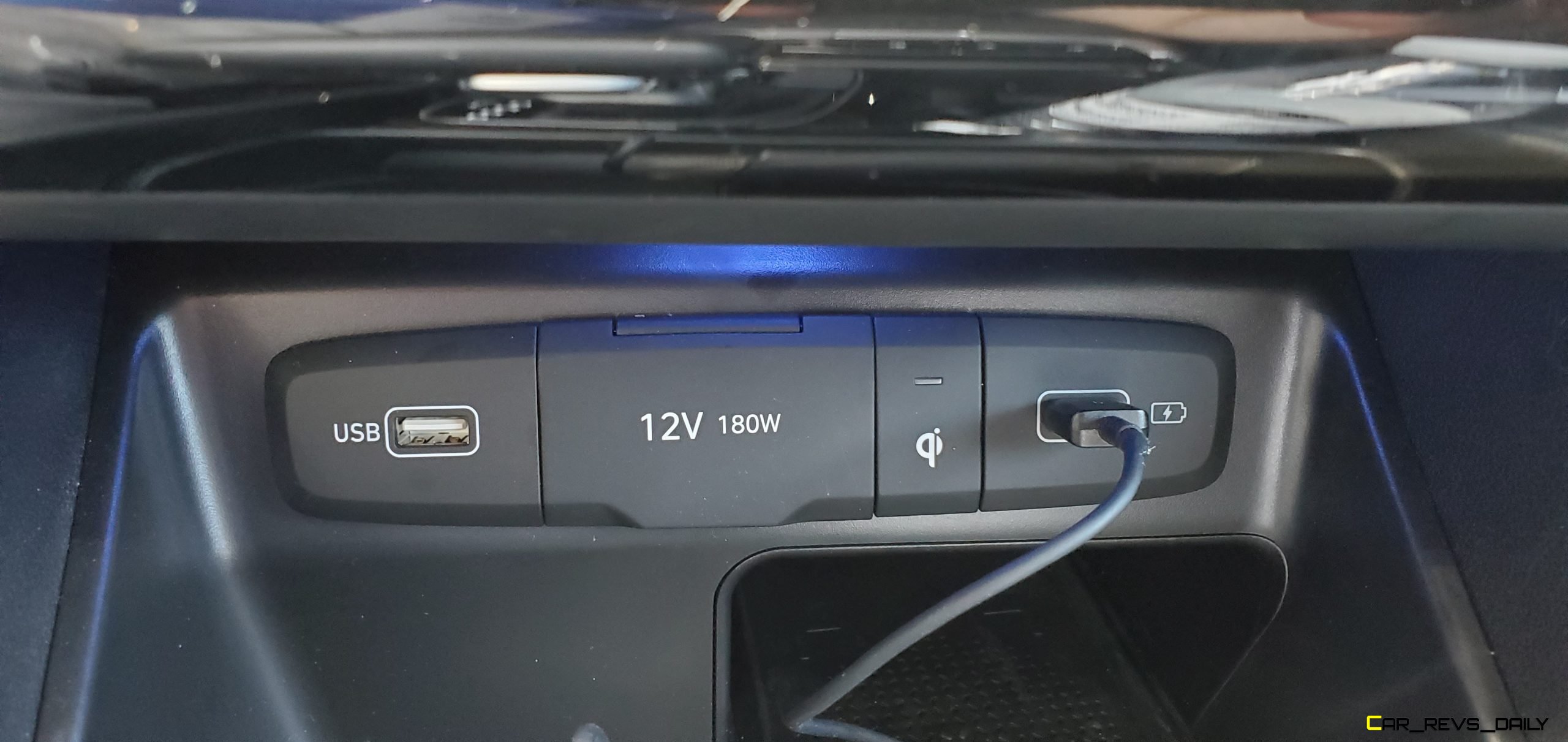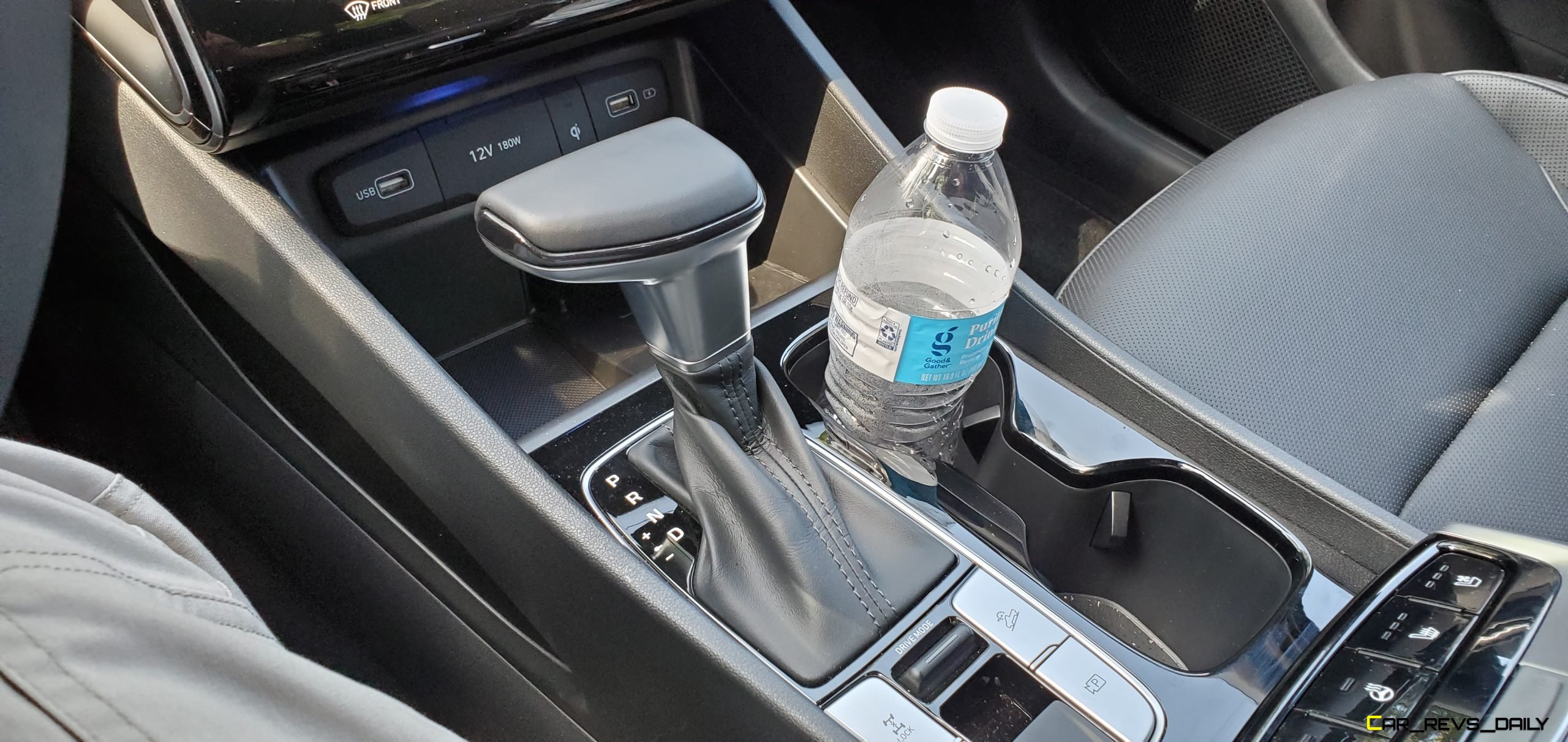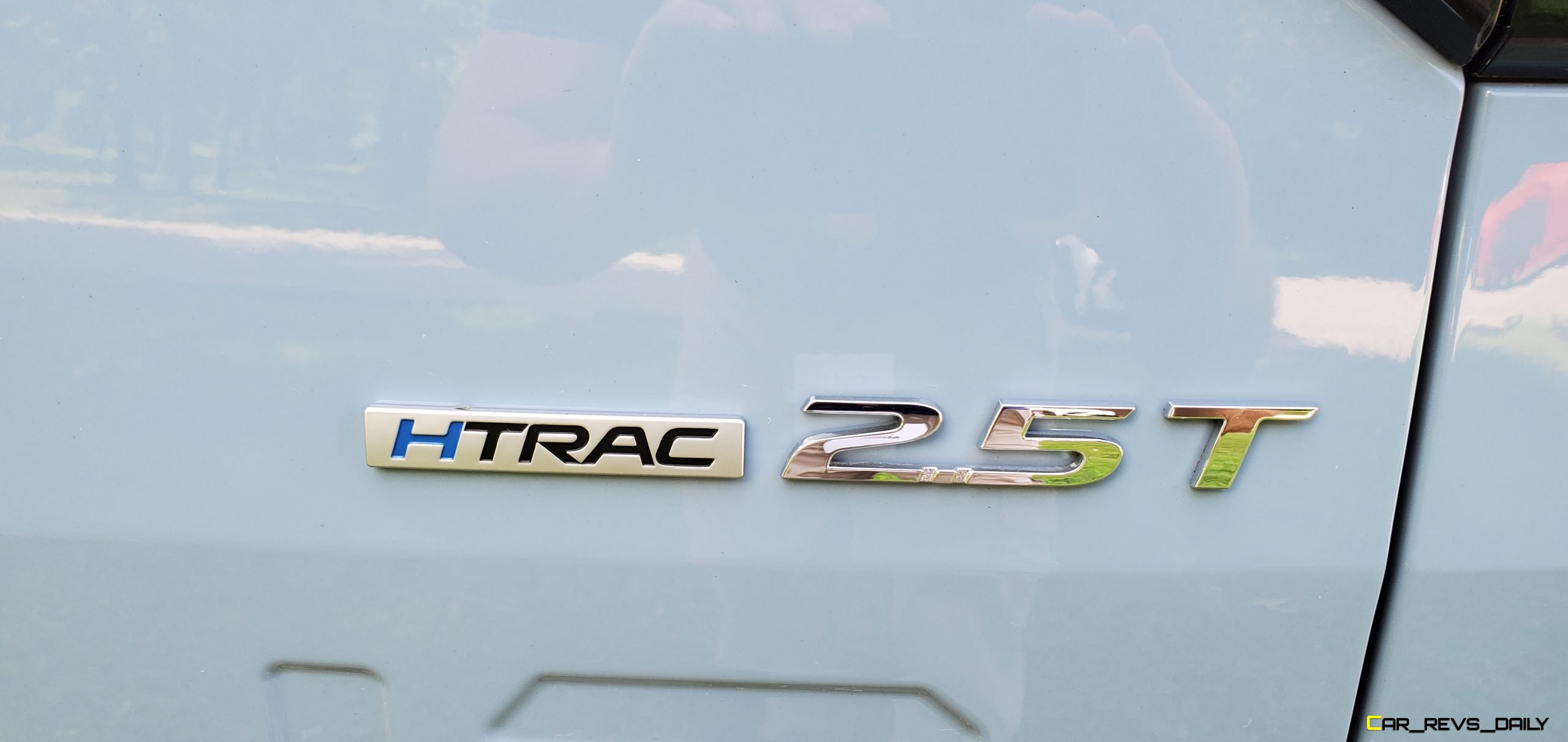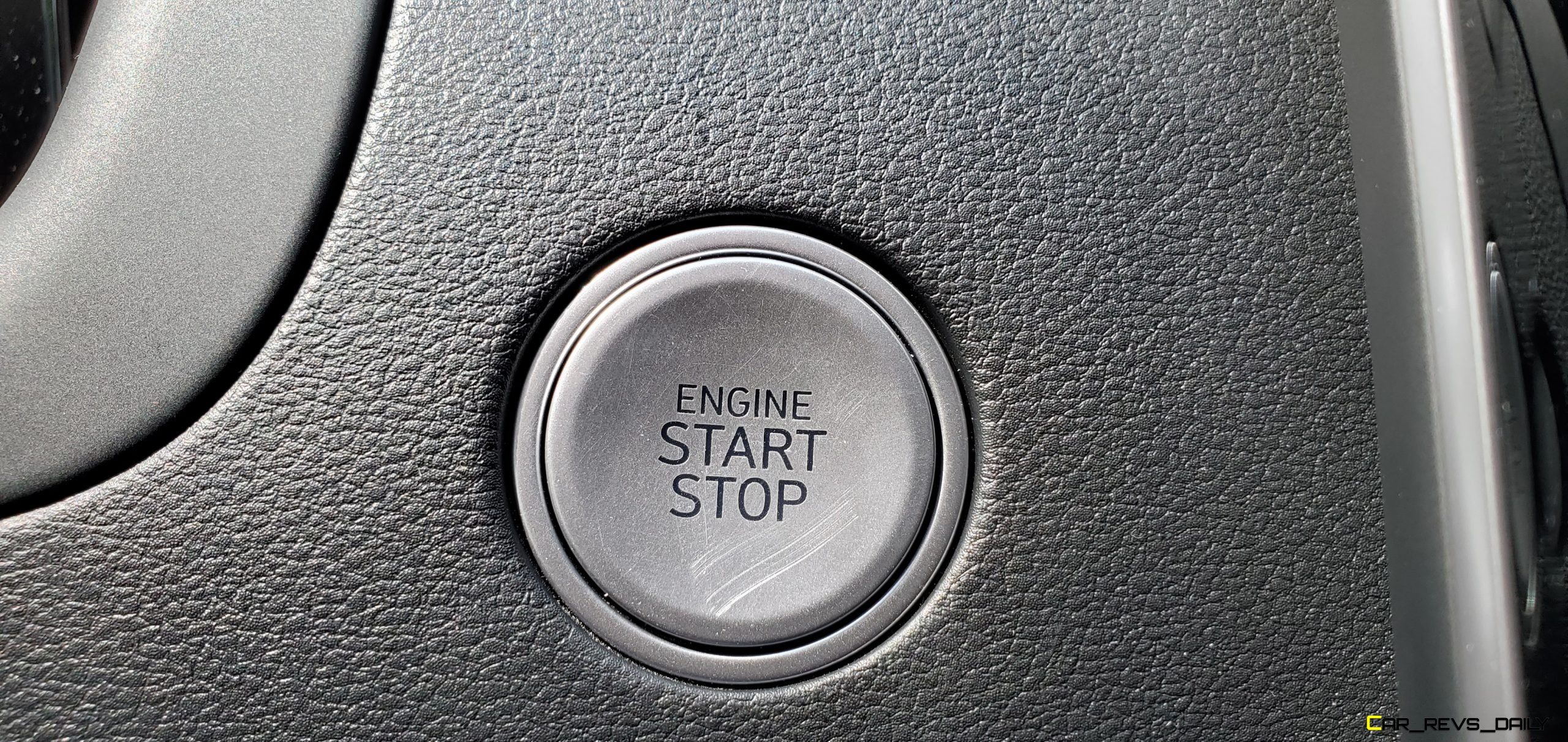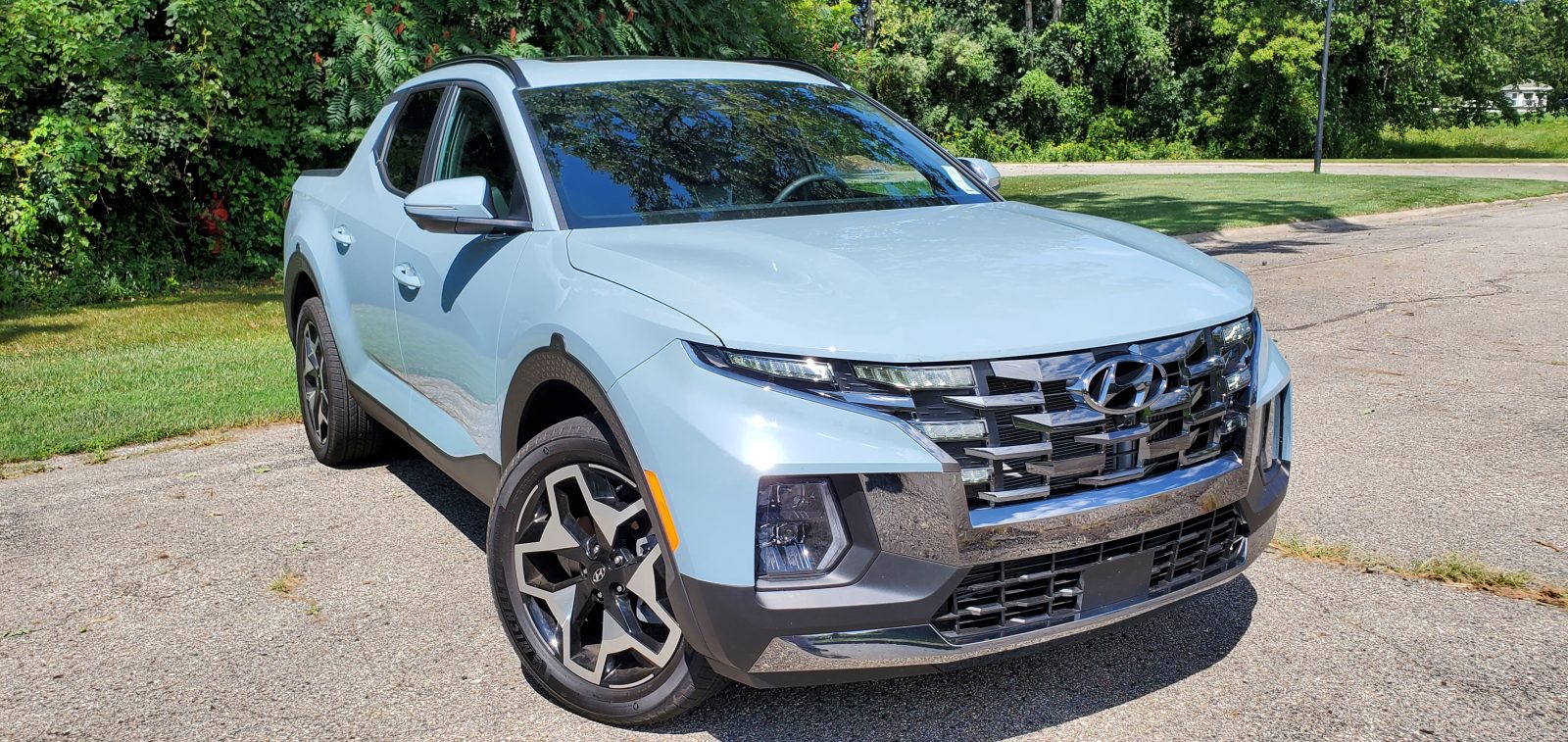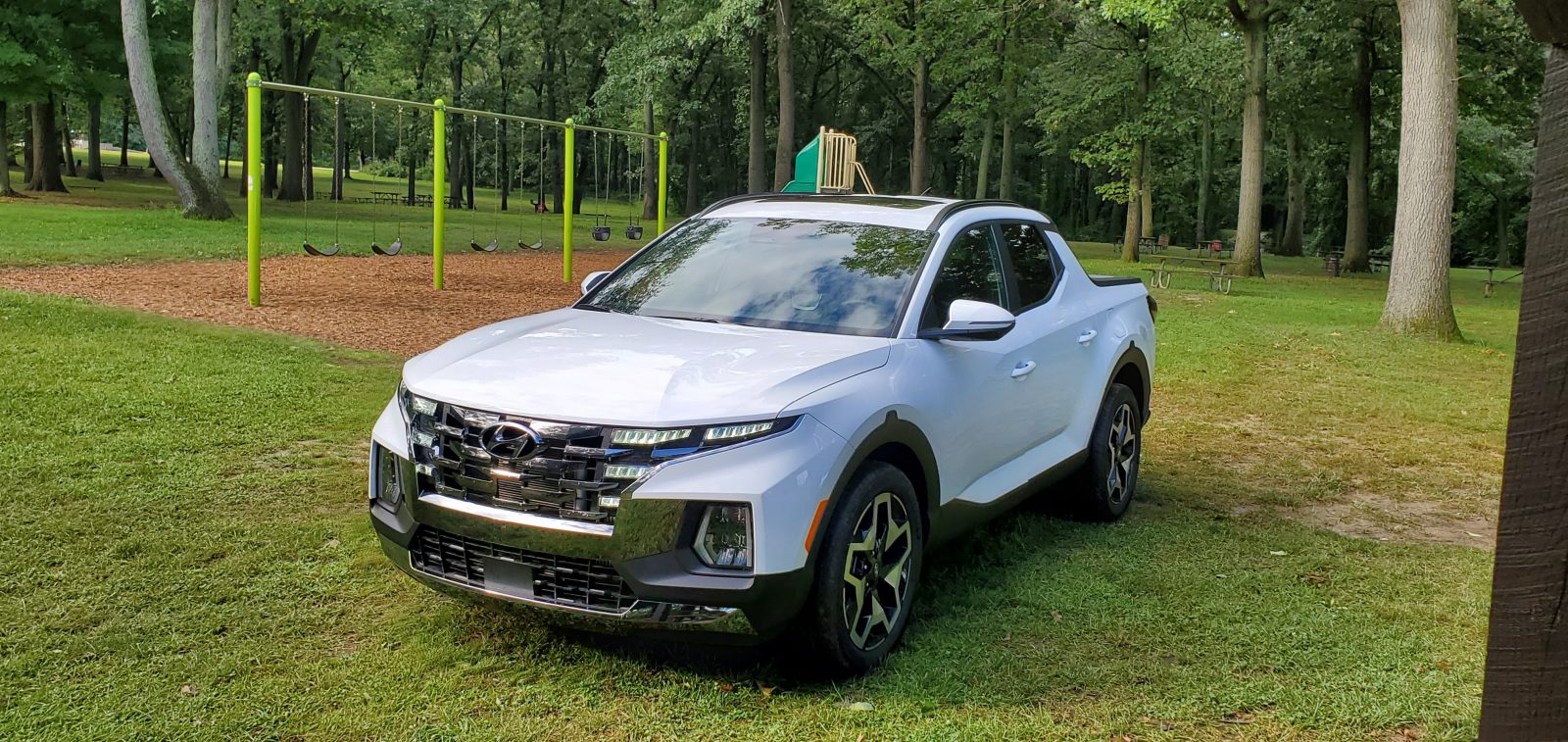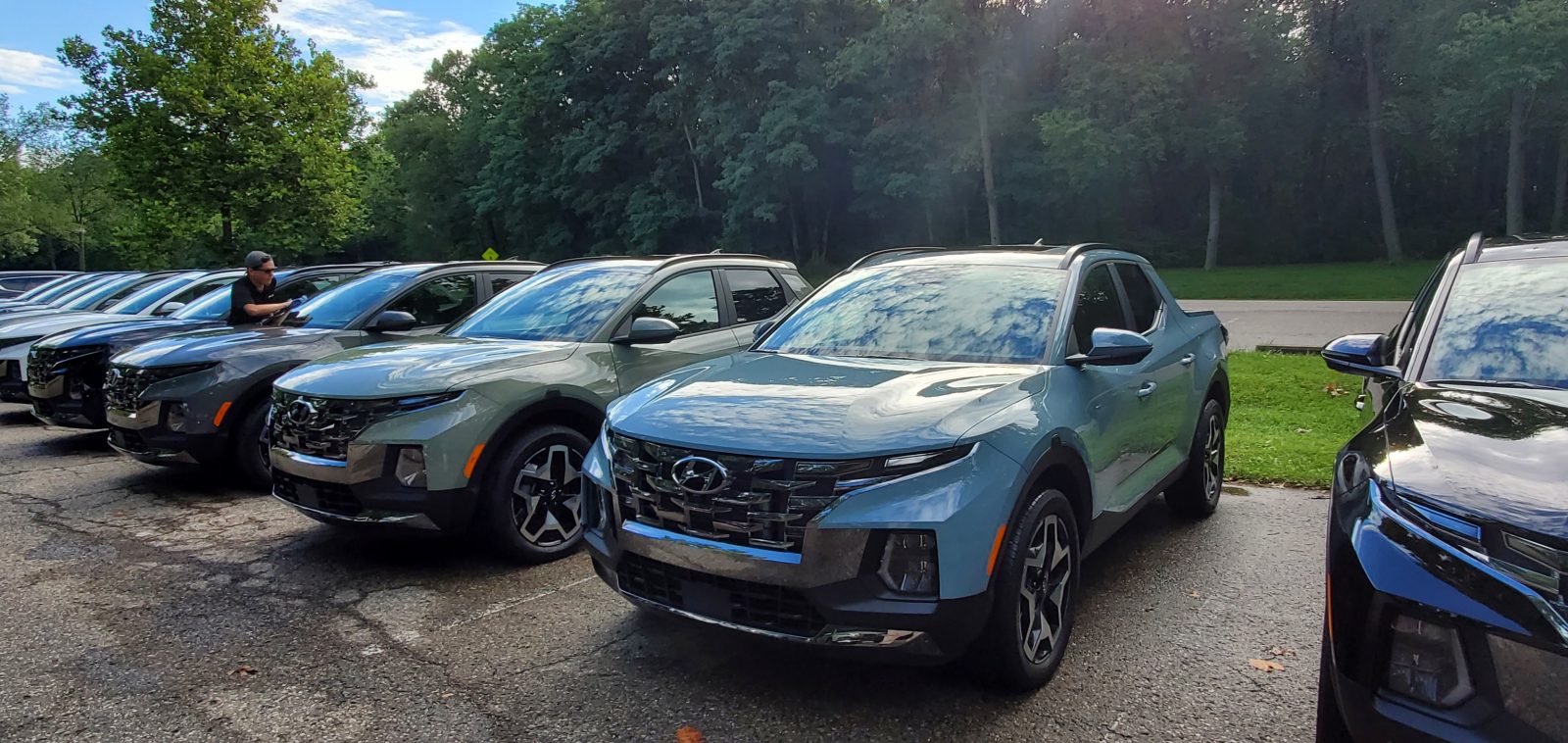When Hyundai first introduced the 2022 Santa Cruz to us during our brief time with it in Metro Detroit, the Korean car giant made it clear that it shouldn’t be called a truck. Instead, the company likes to call it a “Sport Adventure Vehicle” and claim that it’s the best mixture of two segments, the comfort, and performance of an SUV and the open bed flexibility of a pickup mixed into one interesting canvas. The Santa Cruz is far from the first offering to attempt to straddle the line with the Honda Ridgeline and even axed models like the Subaru Brat and Baja, all trying to achieve roughly the same thing. But Hyundai thinks that it has managed to bring something different into the mix. But can the 2022 Hyundai Santa Cruz really add some new moves to this niche slice of the pickup market?
Sorry Hyundai, It’s Still A Pickup
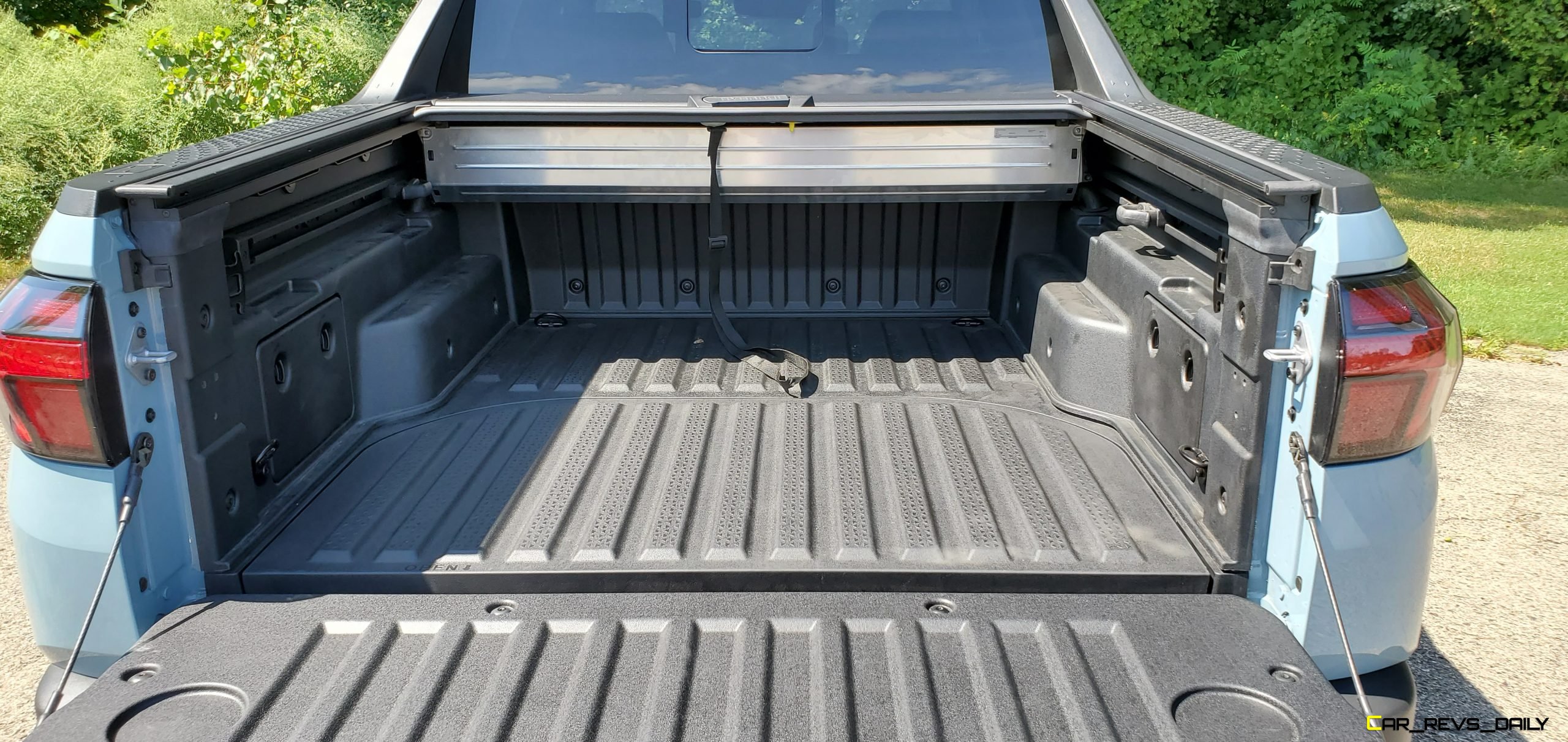
As mentioned, Hyundai likes to call the Santa Cruz a “Sport Adventure Vehicle” and will eagerly avoid any assertion that the Santa Cruz is a pickup. But despite their best efforts, the Santa Cruz is still a pickup at the end of the day. But look past the wordplay, and the Santa Cruz brings several interesting things to consumers. The Santa Cruz is based on the Hyundai Tucson, and as a result, it shares some of its basic hardpoints. The front fascia is different, though, with the Santa Cruz having sharper-looking headlights and a reworked front grille that has the same hideaway headlights as the Tucson and a crisper, more athletic look to it.
The side profile has a crisp roofline that leads the eye to the back of the Santa Cruz. Here, the bulk of the engineering that defines the funky-looking truck makes its presence known. The bed is a hair over 4 feet long which is slightly shorter than the upcoming Ford Maverick and is significantly shorter than the Toyota Tacoma. But the Santa Cruz makes up for it by loading it with some storage-centric features. The bed walls come with side-mounted storage, LED lighting, and the bed floor actually hides a large storage area that can handle bags, gear, and other equipment. The area also comes with drain plugs that can be removed to help drain excess water out of the bed when the space is used to haul wet equipment or if owners use it as a tub for cleaning items when out on the move.
The bed also comes with a factory-built tonneau cover that incorporates aluminum plates and hard plastic to help prevent scofflaws from slicing into it with a knife or other sharp object. The cover glides seamlessly back when you want access to the bed, but moving it back up lacks some of the aforementioned fluidity, with owners having to give it a few tugs to get it all the way back towards the tailgate. The taillights also take a bit to get used to, but they certainly add their own slice of uniqueness to the Santa Cruz. Other welcome goodies include cargo rails and a dampened tailgate that supposedly makes it easier to operate and can even be equipped with power opening capability.
Santa Cruz Interior Mixes Premium With Functionality
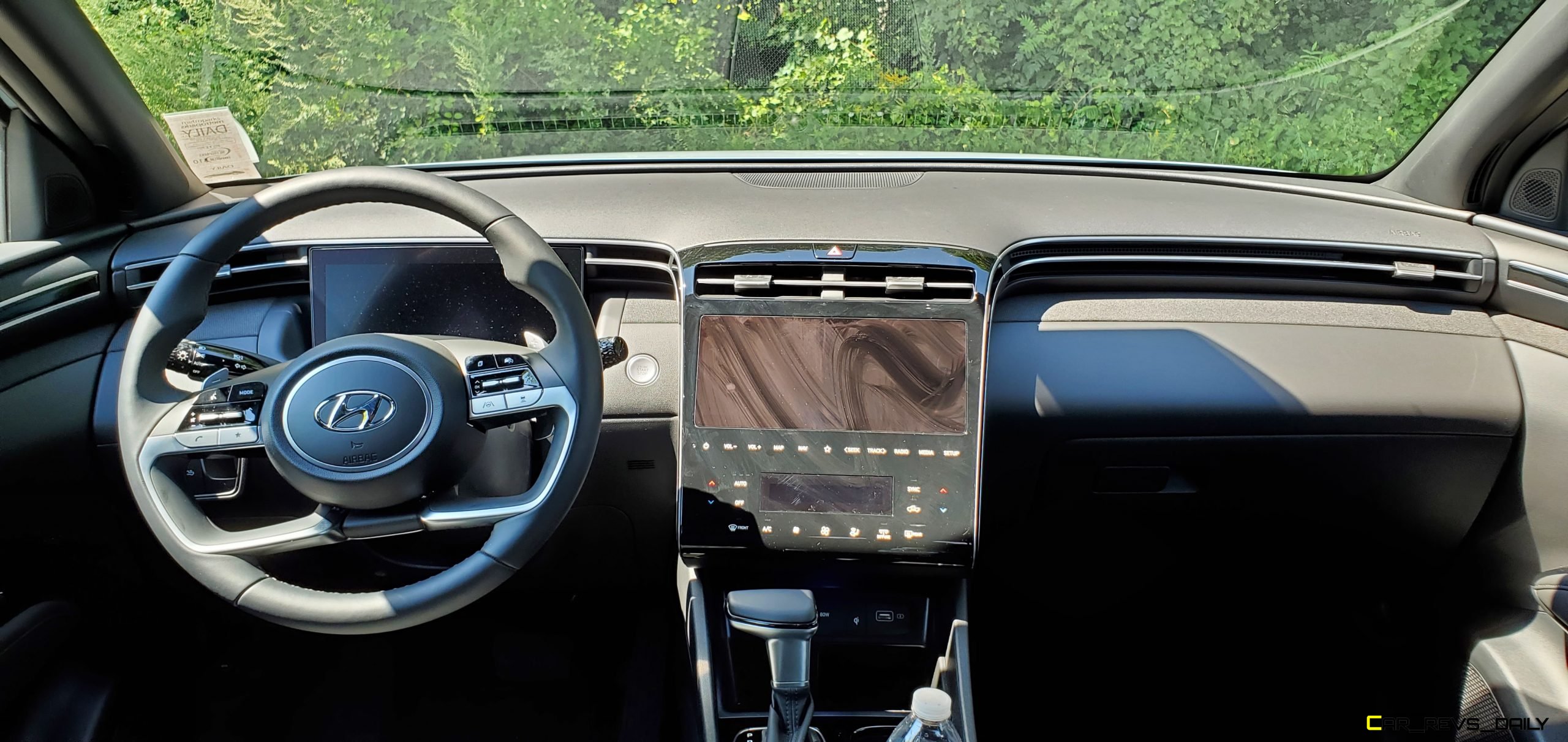
The interior of the Santa Cruz is where its Tucson DNA shines the most, but that’s not in any way a detriment. The front seats are very roomy and reasonably comfortable, with the seats themselves actually having a slight angle engineered into them to improve long-haul comfort. The dashboard and steering wheel are all Tucson, including the optional 10.25-inch infotainment screen (an 8.0-inch unit is standard issue.) The bigger screen comes loaded with plenty of tech, but due to restrictions on both the hardware and software side, the system does not come with wireless Android Auto or Apple CarPlay, and drivers will have to formally tether it in with a cord. Hyundai claims it’s actively working to correct this and look for this quirk to be eliminated in future models.
Rear seat passengers have a good amount of rear-seat room, and the dual rearward USB ports from the Tucson are carried over to the Santa Cruz. Unlike the axed Chevrolet Avalanche, the Santa Cruz does not have the ability to extend bed space by folding the rear seats down, but that plays into its ability to bring maximum comfort to rear passengers. The Santa Cruz is also the first truck in its segment to offer a fully digital instrument cluster, and we’re glad to see that the Santa Cruz comes with a traditional shifter versus a rotary or even a push-button shifter. That’s a big nod to functionality and plays well into the Santa Cruz’s rough and tumble nature.
Visibility in the Santa Cruz is a mixed bag, with front visibility being excellent, especially with the higher mounted seats enhancing your view of the road. The rear is marred by large chunky B-pillars and a small rear window which makes some passing maneuvers a bit challenging at times. Our higher trim tester came with standard Blind Spot Monitoring and comes with a whole host of driver assistance tech to help enhance driver confidence behind the wheel.
Turbocharged Power Adds Depth To Santa Cruz Driving Experience
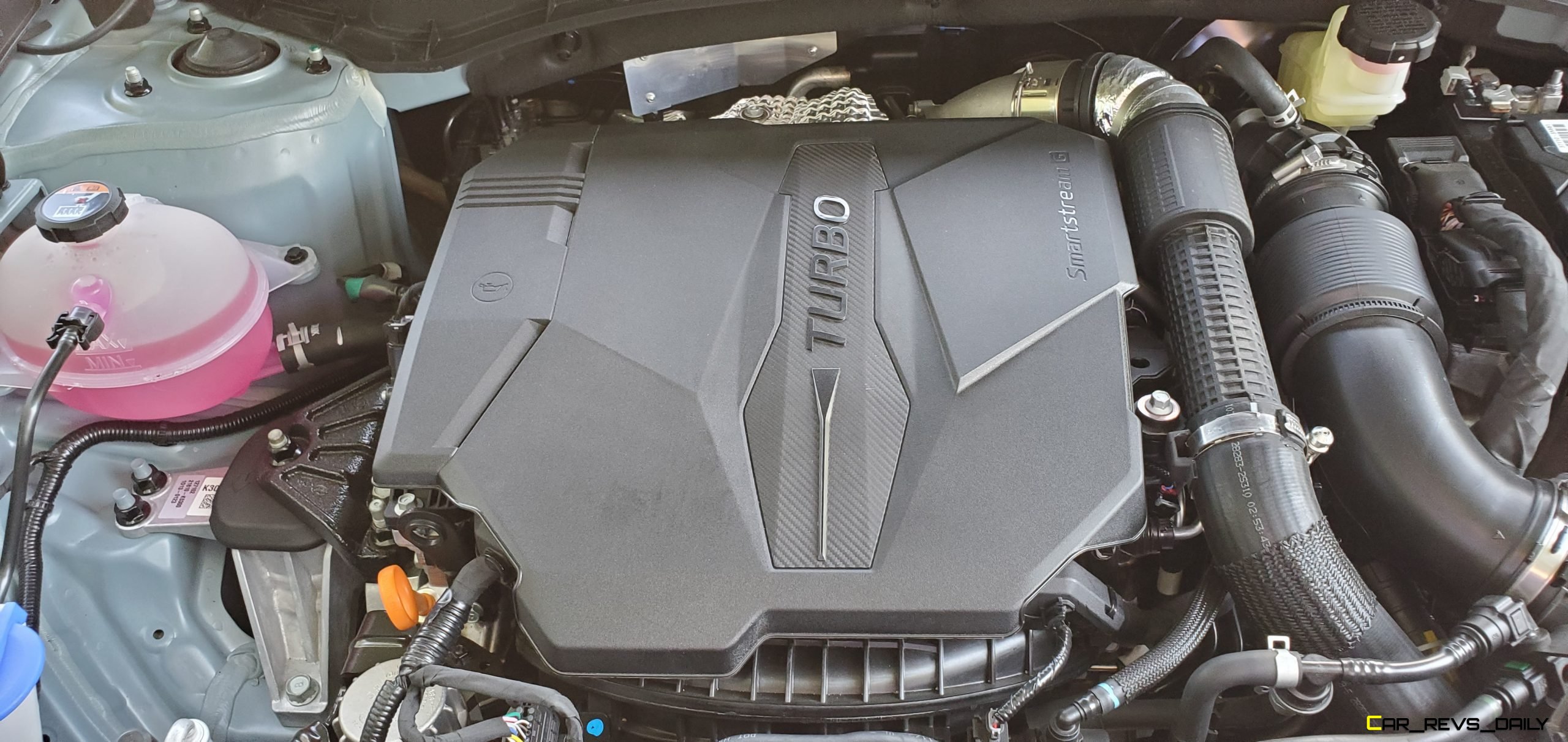
The 2022 Santa Cruz will arrive with a pair of engines when it eventually makes its way to dealerships. While the base SE and SEL models come with a naturally aspirated 191 hp 2.5-liter four-cylinder engine SEL Limited and the range-topping Limited models that Hyundai had us try out are equipped with a turbocharged version of the 2.5 liter. The extra boost helps the engine make 281 hp and 311 lb-ft of torque, making the Santa Cruz surprisingly fun to drive on some of the long winding backroads that dotted the outskirts of Lansing and some of the rural towns that were speckled throughout our route.
The engine is mated to an eight-speed dual-clutch automatic that allows the Santa Cruz to make the sprint to 60 mph in 7.5 seconds. That’s pretty sprightly for a pickup, and our Limited grade tester also proved to be very agile when we tossed it into some of the sweeping corners that dotted our drive route. The rear air suspension plays a role, but it also comes down to the electrically assisted steering rack that helps provide a good amount of feel and made the Santa Cruz feel like it was a smaller vehicle at times, especially in tight urban streets.
Fuel economy is roughly on point with others in its segment, with the base Santa Cruz getting 21 mpg in the city and 26 mpg on the freeway. Turbo models are thirstier in the city, with those models getting 19 mpg in the city but in a curious twist adding all-wheel drive improves the freeway side of the equation by one mpg. Braking in our tester was strong, but we did note occasions where nose dive was a bit excessive for our tastes.
Value Quotient
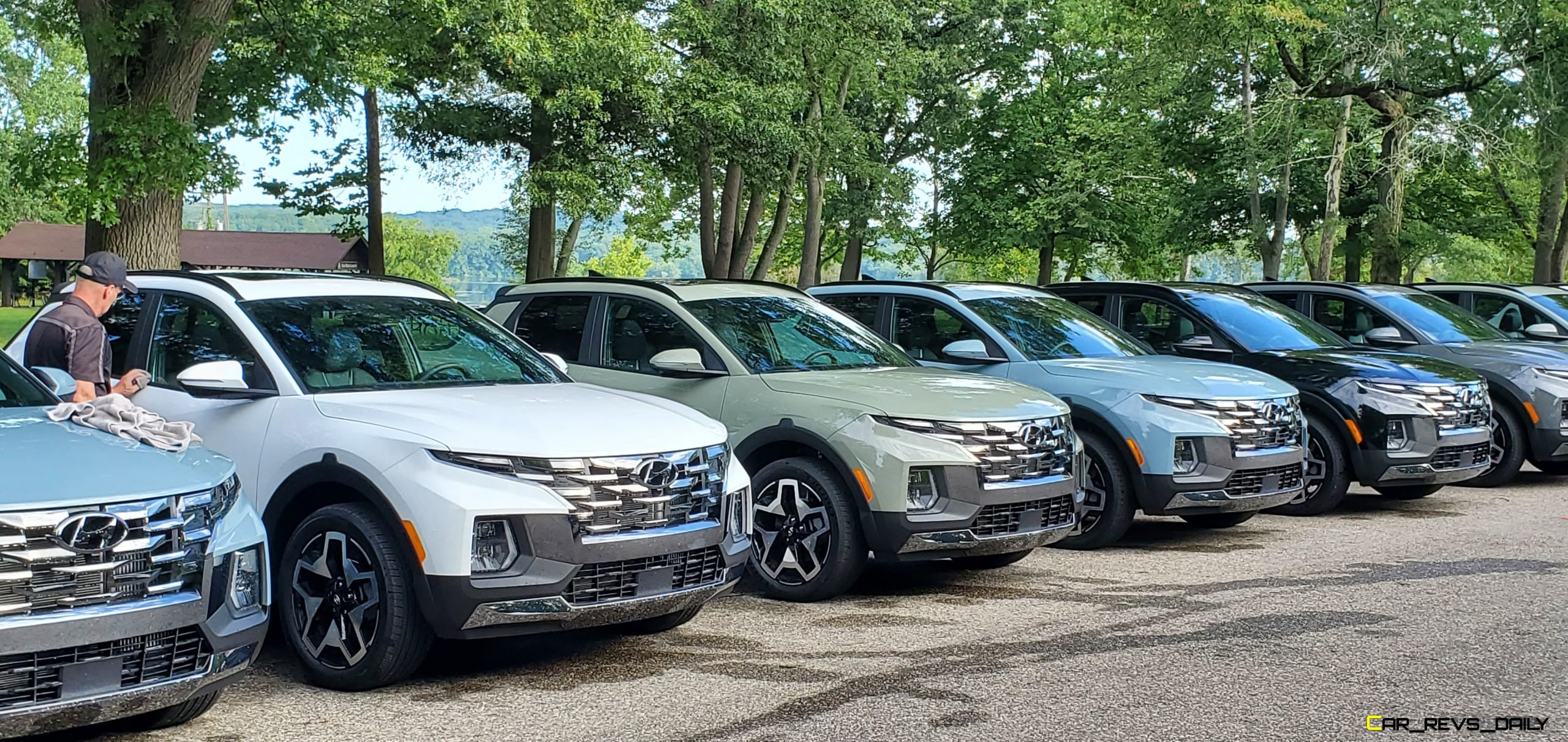
Pricing for the 2022 Hyundai Santa Cruz is in the higher end of the segment, with a base SE model starting at $23,990. But if you climb all the way up to a Limited grade, you will be greeted with a higher base sticker of $39,720. Our tester came fully loaded with equipment which helped the price nudge its way up to $41,100 when you include the $1,185 destination fee. That’s a big ask for a truck like this. While Hyundai claims the enhanced levels of technology play a role in this asking figure, this causes the Santa Cruz also to be noticeably more expensive than the Ford Maverick and select flavors of the Honda Ridgeline. We even compared the Santa Cruz and the Maverick here.

The pool of contenders is pretty stacked and while there is some concern that the Santa Cruz will not be able to stand out against this impressive slate of rivals, Hyundai is still very confident that the Santa Cruz’s technology and its futuristic design will help give it the tools it needs to carve out a slice of the sales pie for itself. Only time will tell whether things will pan out, but this urban-focused ute certainly has what it takes to make a good first impression.

Carl Malek has been an automotive journalist for over 10 years. First starting out as a freelance photographer before making the transition to writing during college, his work has appeared on numerous automotive forums as well as websites such as Autoshopper.com.
Carl is also a big fan of British vehicles with the bulk of his devotion going to the Morgan Motor Company as well as offerings from Lotus, MG, and Caterham. When he is not writing about automobiles, Carl enjoys spending time with his family and friends in the Metro Detroit area, as well as spending time with his adorable pets.

